Mrinal Kanti Naskar
Cytology Image Analysis Techniques Towards Automation: Systematically Revisited
Mar 17, 2020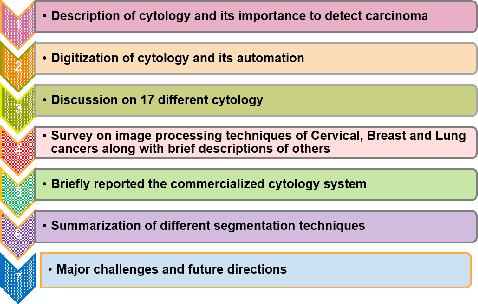
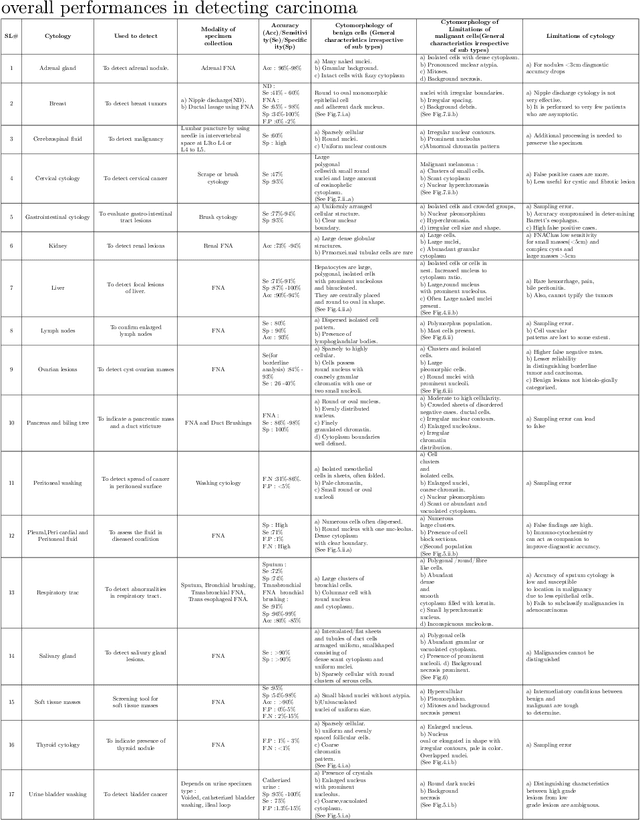
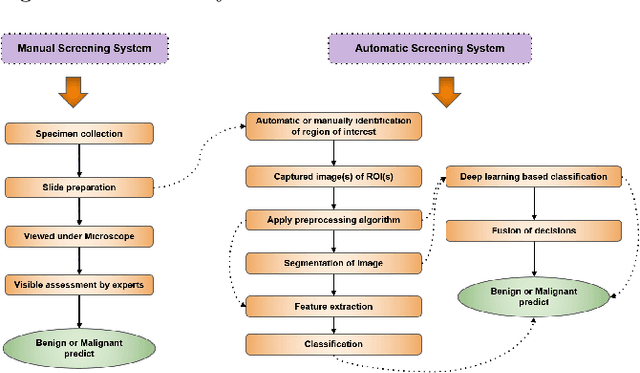
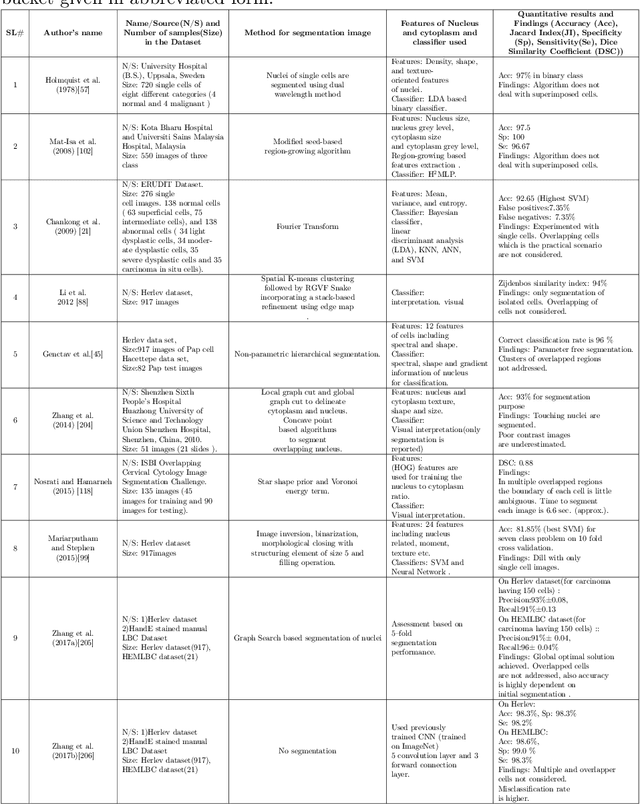
Abstract:Cytology is the branch of pathology which deals with the microscopic examination of cells for diagnosis of carcinoma or inflammatory conditions. Automation in cytology started in the early 1950s with the aim to reduce manual efforts in diagnosis of cancer. The inflush of intelligent technological units with high computational power and improved specimen collection techniques helped to achieve its technological heights. In the present survey, we focus on such image processing techniques which put steps forward towards the automation of cytology. We take a short tour to 17 types of cytology and explore various segmentation and/or classification techniques which evolved during last three decades boosting the concept of automation in cytology. It is observed, that most of the works are aligned towards three types of cytology: Cervical, Breast and Lung, which are discussed elaborately in this paper. The user-end systems developed during that period are summarized to comprehend the overall growth in the respective domains. To be precise, we discuss the diversity of the state-of-the-art methodologies, their challenges to provide prolific and competent future research directions inbringing the cytology-based commercial systems into the mainstream.
A Simple Flood Forecasting Scheme Using Wireless Sensor Networks
Mar 09, 2012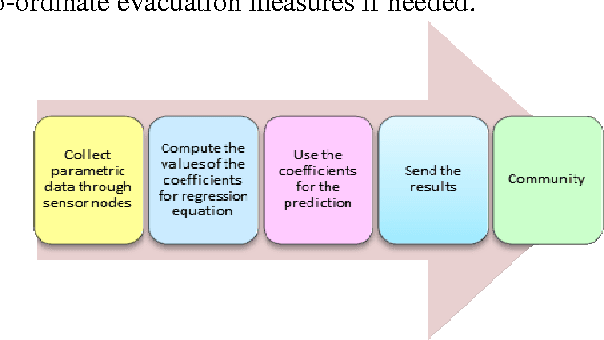
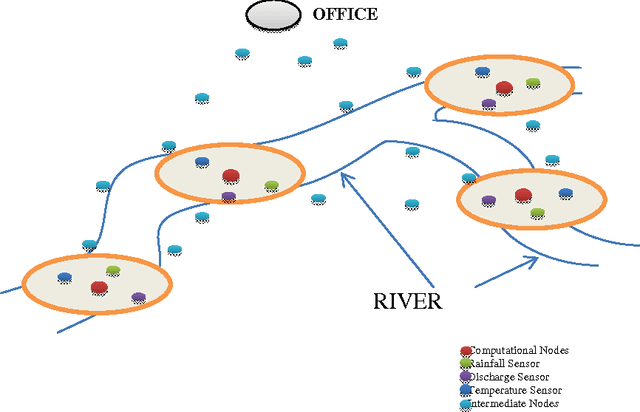
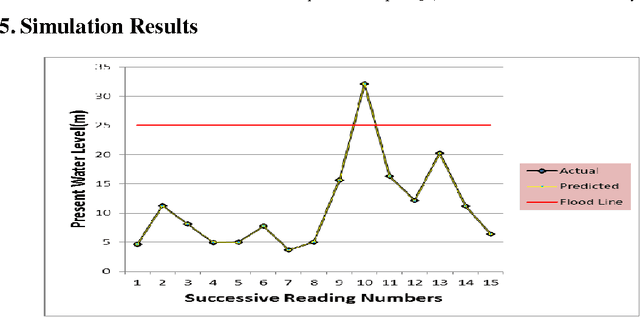
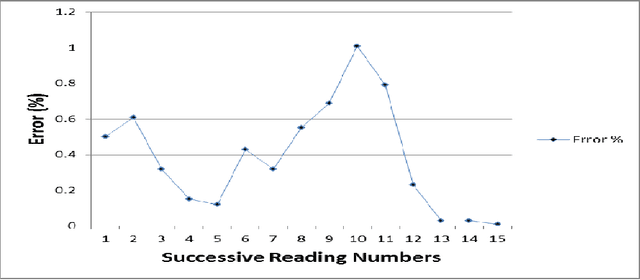
Abstract:This paper presents a forecasting model designed using WSNs (Wireless Sensor Networks) to predict flood in rivers using simple and fast calculations to provide real-time results and save the lives of people who may be affected by the flood. Our prediction model uses multiple variable robust linear regression which is easy to understand and simple and cost effective in implementation, is speed efficient, but has low resource utilization and yet provides real time predictions with reliable accuracy, thus having features which are desirable in any real world algorithm. Our prediction model is independent of the number of parameters, i.e. any number of parameters may be added or removed based on the on-site requirements. When the water level rises, we represent it using a polynomial whose nature is used to determine if the water level may exceed the flood line in the near future. We compare our work with a contemporary algorithm to demonstrate our improvements over it. Then we present our simulation results for the predicted water level compared to the actual water level.
 Add to Chrome
Add to Chrome Add to Firefox
Add to Firefox Add to Edge
Add to Edge